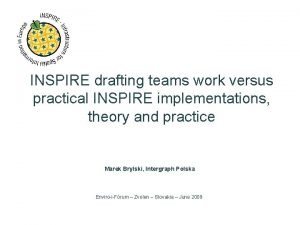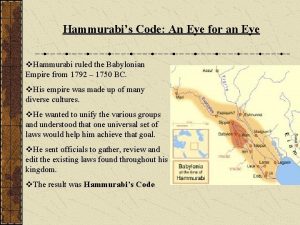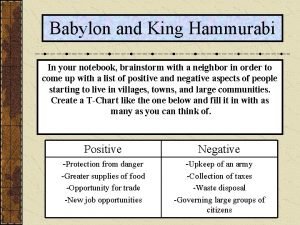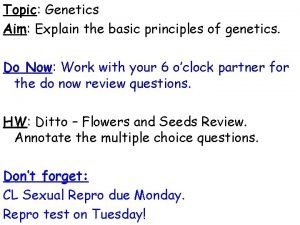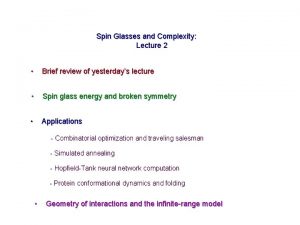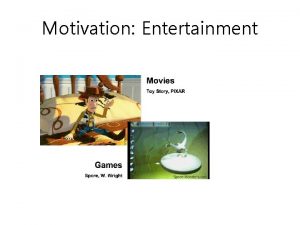Marketing and ComputerAided Design Drafting SUPER EYE GLASSES












- Slides: 12

Marketing and Computer-Aided Design Drafting

“SUPER” EYE GLASSES n Objective – As a team, students will design a product and prepare a marketing presentation for a “new to market” pair of eyeglasses. n Product must be capable of being used in visual improvement. n Technique can improve on a current design, but cannot duplicate.

Gadget Examples

Medical Examples

Design Considerations Appearance of the product – sale appeal, etc. Purpose of the product – function, capabilities Design Originality – innovative, on target with customer needs Cost – use of common parts, development, overhead, labor, within target market Ease of assembly – Manufacture – process of manufactured parts, efficient, flexible, tolerances Maintenance – ease of, lack of, field support, quality Components – use of readily available components vs. custom designed Flexibility – adapt to customer needs, production volume as sales increase

Marketing Requirements n Marketing Plan to include: Consumer Demographics n Product SWOT Analysis n Product Benefits/Features n Internal/External Analysis n n Projected Annual Sales Estimated Profit Margin n Consumer Needs n

Final Sales Presentation to include: Title Slide: Include Logo, slogan, color scheme Organizational Chart Mission Statement Description of Product/Service (Product Data) Target Market (Sales and Distribution Data) Initial Brainstorming Ideas—Benefits and Features (Product Data) Design Proofs/Sketches; Uniqueness (Product Data) Survey Results (charts/data) (Product Data, Sales Data & Financial Data) SWOT Analysis (Product Data) Pricing and Other Financial Information (Financial Data) Promotional Mix Data (Sales & Distribution Data) Conclusion

Project Timeframe n Begin February 27 End March 22 n Presentation March 23 (tentative) n Weekly grading for team member participation n Final project grading based on judge’s scoring (see rubric) of presentation

Presentation n 10 minutes to present to judges per team n 10 minutes for Q/A from judges. n Graded presentation base on: § Originality/effectiveness § Use of graphics/props/handouts/prototypes § Preparedness § Design thought § Quality of information § Professionalism

Team Effort n Contributions of all team members § Project managers to score n Time management n Delegation of responsibility n Focus on task n Work well with team members

Drawings - Modeling n Sketches of all conceptual ideas n 3 D CAD model n Patent drawing n Presentation details and renderings

Design Process
 Super drafting team
Super drafting team Wizard lizard from superworm
Wizard lizard from superworm Inspire drafting and design
Inspire drafting and design Birds eye view shot
Birds eye view shot Eye for an eye code
Eye for an eye code An eye for an eye hammurabi
An eye for an eye hammurabi Pf
Pf Hammurabi's code activity
Hammurabi's code activity An eye for an eye a tooth for a tooth sister act
An eye for an eye a tooth for a tooth sister act Are blue eyes dominant or recessive
Are blue eyes dominant or recessive An eye for an eye meaning
An eye for an eye meaning Behold he is coming
Behold he is coming Spin glasses and complexity
Spin glasses and complexity


